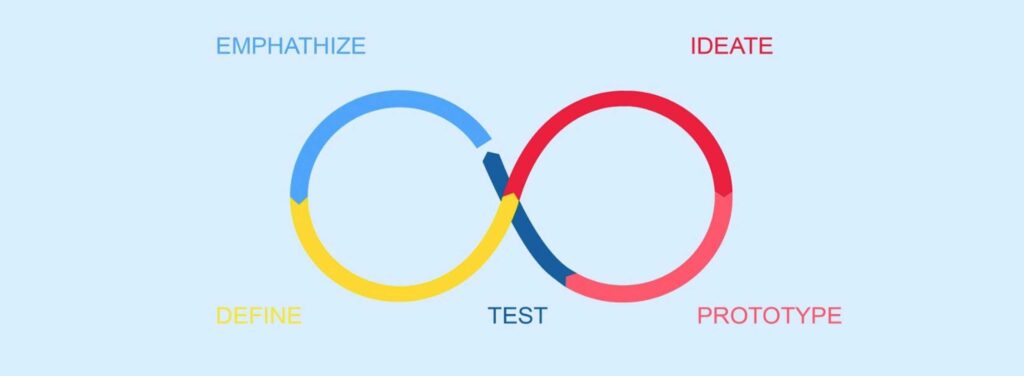How to transform our ideas into successful products?
The world is full of people with ideas. But… why don’t all these ideas end up being billionaire products as we imagined?
There are many factors that make a product successful. Today I will focus on a key stage, that many skip but has the potential to change the results.

So then… What does “Product Validation” mean?
It does not mean only to test that the product works fine. Product validation is a much earlier step in the process.
It is not just doing a market research nor a matter of doing a benchmark and making sure there’s nothing similar.
It means validating that the product we are thinking about, is the solution our user needs and desires. It sounds simple when we say or read it, but it takes certain time and effort…
To achieve this, as a first step, we need to define who is our target audience. And it’s not just “any person between the ages 50 and 70”, or “any person interested in sports in the US”. It may seem obvious, but this task, is usually hard. We all know entrepreneurs are usually pretty ambitious, and tend to want it all… But, it’s key to focus.

Once our user is defined, the next step is to get to know him and analyze him, because, it is him to whom the product is directed to and built for. Not for us. Believing the idea is good or thinking “I would totally use it, I am sure it’s a great idea” is not enough. We are not the users.
¿Why is the concept “User centered design” so important?

The product is for the user. Not for our client, not for the ones that create it. If we forget this, we can end up building a product that works perfectly, with the best technology, but that does not solve a problem or does not cover the need our user has, and therefore, won’t be used, no matter how well it works.
And let me add a last detail… Validating the product is important for the motives mentioned above, but we can’t ignore the fact that it’s key also, for a cost issue.
Developing an app can cost U$D 100.000, or more… Isn’t it worth it then to spend some time and money to validate our product and prove that the solution we are thinking of is the best one for our users? — We are talking here about 2 months approx. to validate, investing U$D 10, 15k… that make those other 100k and 5 months be invested in a much more efficient way.
And it is not a stage to discourage us and “kill” our ideas. Let’s not think that this step is to define whether we move forward with our product or not. It is to understand if the solution we are thinking about, is the ideal one or not for our users. Throughout this journey we may discover that the need or problem actually exists, but that the solution is another product, or has a different design or form. It’s a stage that consists in listening to our users (train our empathy), ideating, validating and iterating this process until we reach to the best possible solution. That is when we move forward to development.
I want to finish this post with a simple example:
A client comes to us with the idea of developing a mobile application for graphic designers to retouch professional images. So as to validate the product, we, along with our client begin a process to interview different graphic designers and we prove that the problem really exists; there’s an unsatisfied need in the market. What we also discovered in the interviews is that the pictures they want to edit, which they can’t do today with the existent tools, are professional pictures and generally related to their jobs. Due to this, they usually take their time to do it, and prefer doing it in a quiet and concentrated way in their houses or offices. In addition, they need to be able to see the photos in large size to be able to see the details well. Therefore, do you still think the best solution is a mobile app? … With only a few interviews, we discovered that a web may result more convenient…
Conclusion
Investing time on a product validation process before developing it, is totally worth it. By doing this, founders can save up a great amount of money, effort and time. We are not the users, and therefore, we do not know if what we are imagining is the best solution, if it will really add value to our users and if it will really satisfy their needs.
If you have an idea or are working on a project you could use some help with, feel free to contact us! We’d be happy to help you… or who knows? Maybe be your new partner in crime.
You enjoyed this post and want to read more?
